Picture this: you wake up one morning and the river outside your window is flowing in the opposite direction. What was once rushing eastward toward the ocean now flows westward toward the mountains. It sounds impossible, yet this extraordinary phenomenon has shaped our planet more than you might imagine.
Throughout Earth’s history, rivers have defied their expected courses, creating some of the most remarkable stories of natural transformation. From ancient geological shifts that took millions of years to hurricane-powered reversals lasting mere hours, these dramatic changes have rewritten maps, altered ecosystems, and redefined entire civilizations. So let’s dive into the fascinating world of rivers that dared to change direction.
When Nature Rewrites the Rules
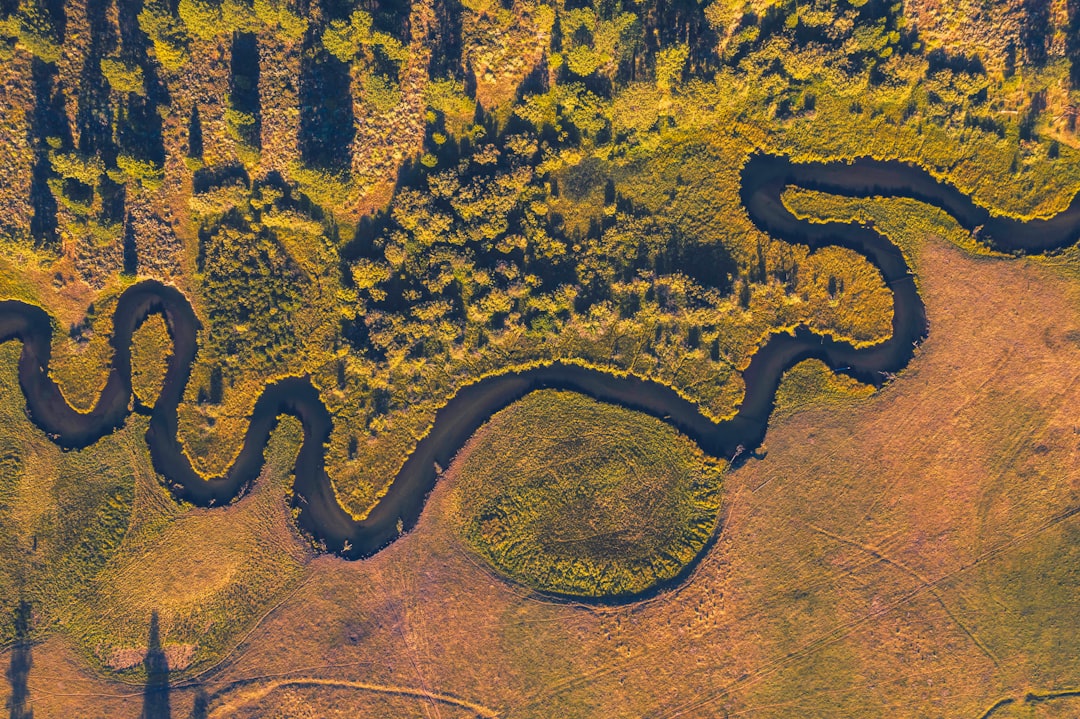
Rivers have a tendency to change directions due to natural and man-made factors including erosion, natural disasters, and city planning, challenging everything we thought we knew about water’s path to the sea. The forces behind these reversals are as diverse as they are powerful.
Think of rivers as nature’s highways, constantly seeking the easiest route downhill. When that route gets blocked, altered, or simply becomes less efficient, water finds a new way. Tectonic shifts, landslides, glacial movements, and sometimes even intense storms can completely change a river’s destiny overnight or over millennia.
The Amazon’s Ancient Transformation
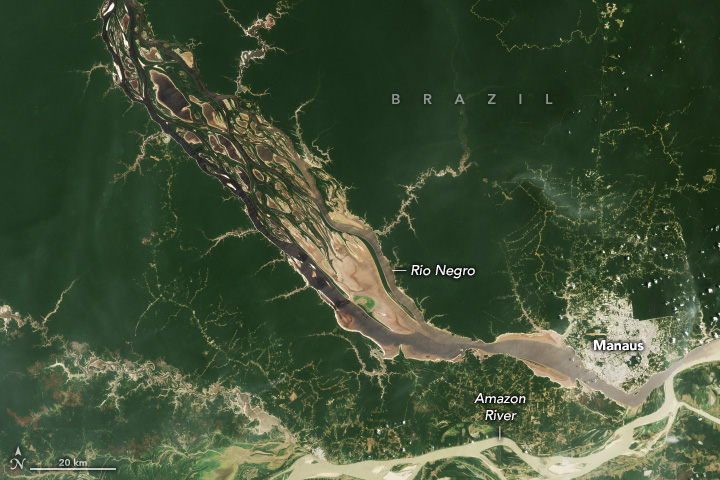
Millions of years ago, the Amazon river flowed in the opposite direction, rushing westward toward what would become the Pacific Ocean. This wasn’t some temporary hiccup – it was the river’s natural course for eons.
The Amazon Basin wasn’t always flowing east to the Atlantic. Millions of years ago, it drained westward into the Pacific. The rise of the Andes Mountains blocked its path, slowly forcing the river to reverse and carve out a new route to the east. Imagine the sheer geological power required to redirect the world’s largest river system – it’s like nature’s ultimate construction project.
Chicago’s Audacious Engineering Triumph
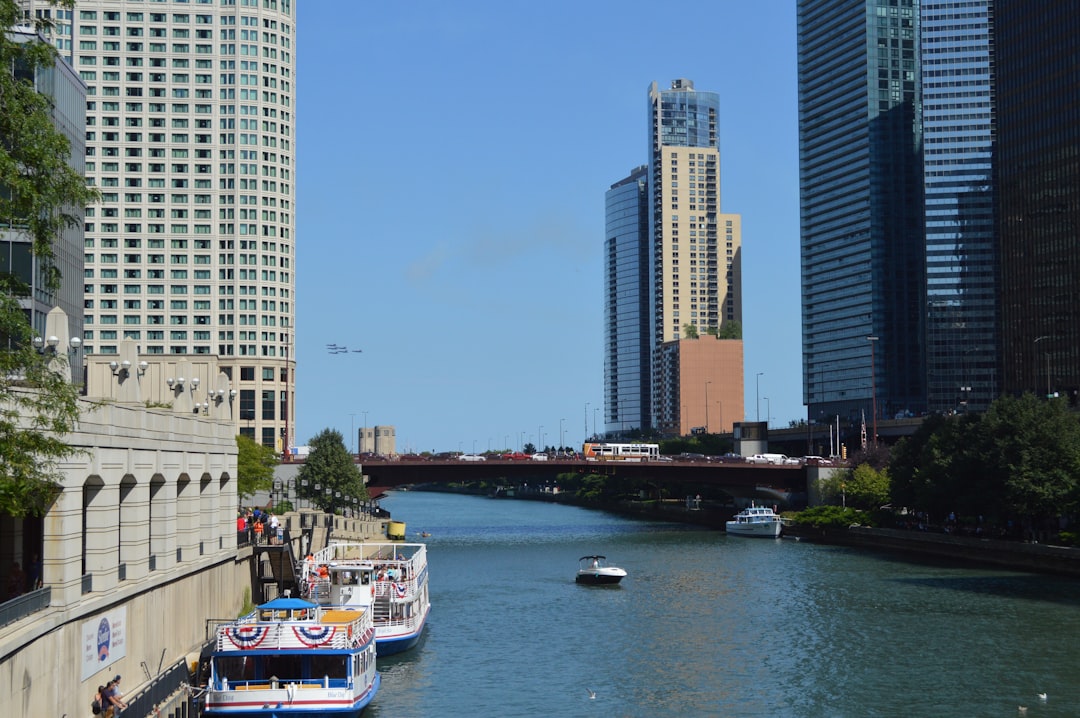
Sometimes humans take matters into their own hands, literally reversing rivers to save lives. In 1900, the Metropolitan Water Reclamation District of Greater Chicago completed a project that not only altered the course of a river but also redefined how cities safeguard public health.
Chicago’s waste flowed untreated from the Chicago River into Lake Michigan, the city’s source of clean drinking water. In a herculean effort to save the city from the ravages of typhoid, cholera, and other waterborne illnesses, engineer Sylvester Chesbrough suggested Chicago reverse the direction of its river. The project required moving over forty-two million cubic yards of earth – enough to fill two city blocks as high as the Willis Tower.
When Hurricanes Turn Rivers Around
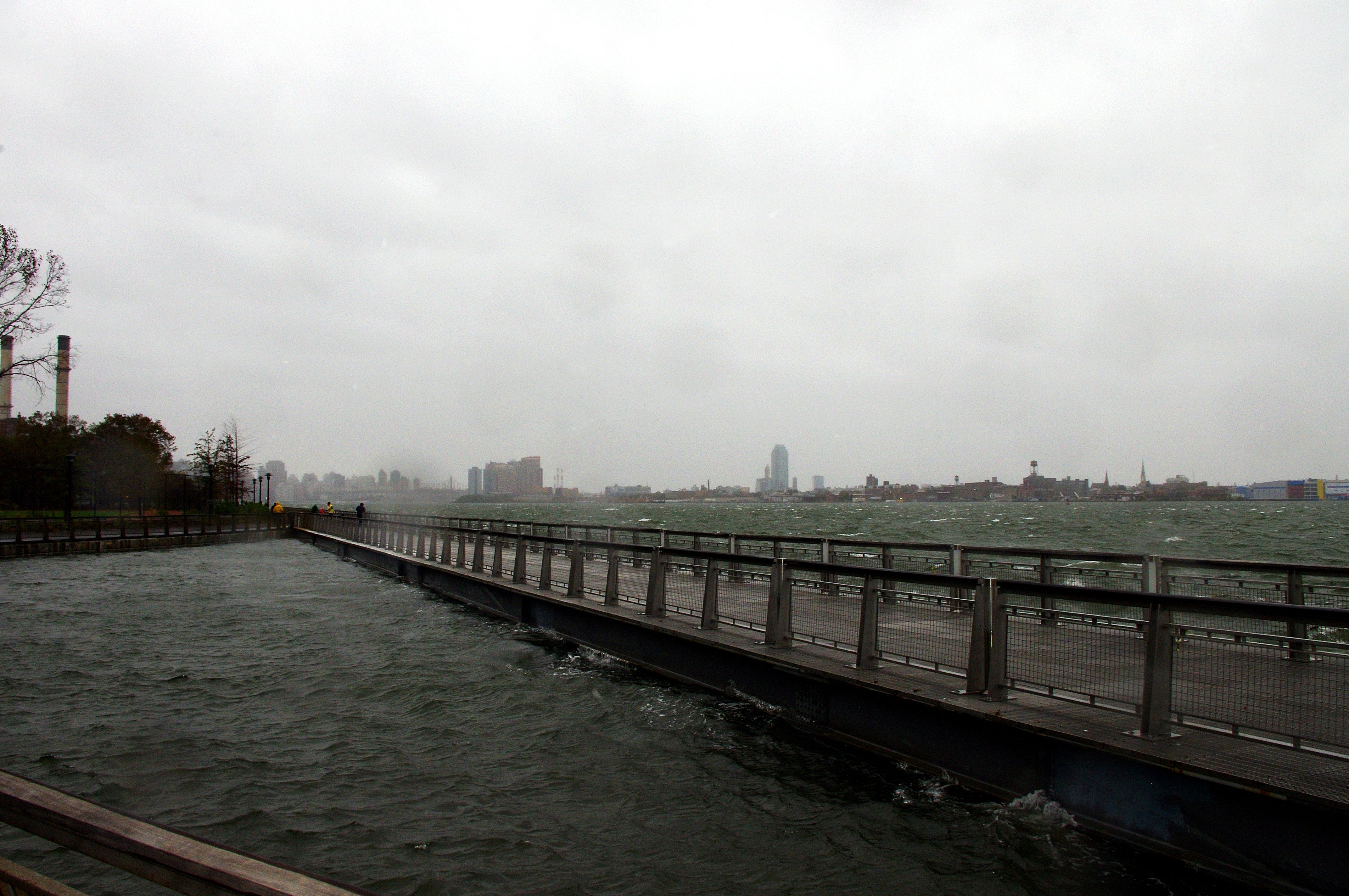
Strong winds and storm surge from Hurricane Isaac’s landfall forced the Mississippi River to flow backwards for nearly 24 hours on Tuesday, August 28, 2012. The USGS streamgage showed the Mississippi River flowing upstream at 182,000 cubic feet per second. Nature’s fury proved more powerful than America’s mightiest river.
Hurricane Katrina also reversed flow, cresting at 13 feet above its previous level, while Hurricane Ida repeated the phenomenon in 2021. Hurricanes are capable of having such an influence as waves caused by powerful winds turn on rivers that may in normal weather have a modest speed of flow. It’s a humbling reminder that even our most familiar waterways can surprise us.
The Wisconsin River’s Mysterious Past
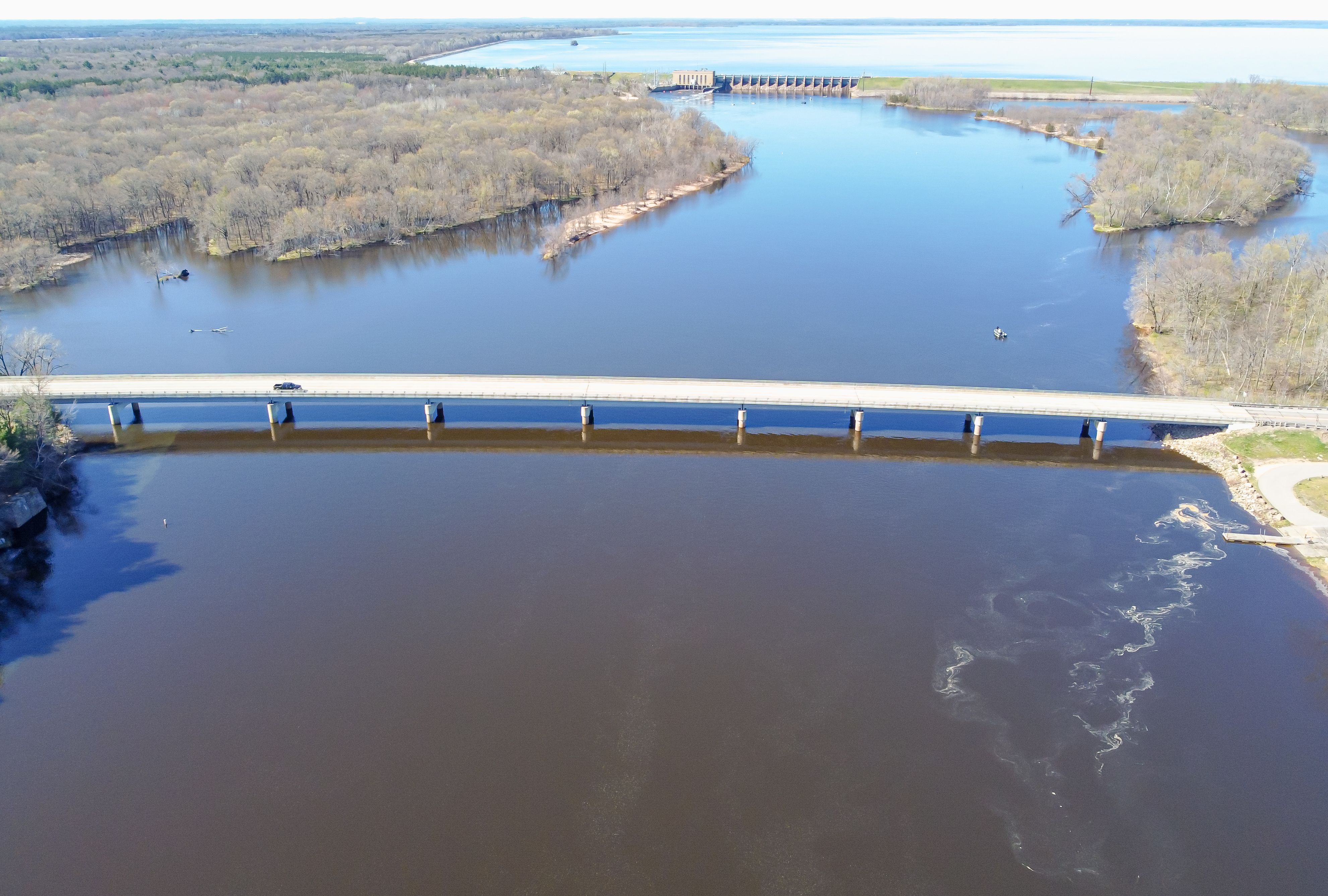
There are several particularly strong pieces of evidence for the Wyalusing River – the ancient Wisconsin River – once flowing in the opposite direction. Terrace slopes of the Lower Wisconsin River have lower elevations upstream rather than downstream, creating a geological puzzle that took scientists decades to solve.
The tributaries of the Lower Wisconsin River are “barbed” meaning that the tributary mouths point upstream. Typically, tributaries point downstream. Barbed tributaries are evidence that the river flowed in the opposite direction. What caused the change is rather unknown but it occurred at least 1.5 million years ago.
Tidal Rivers: Nature’s Daily Flip
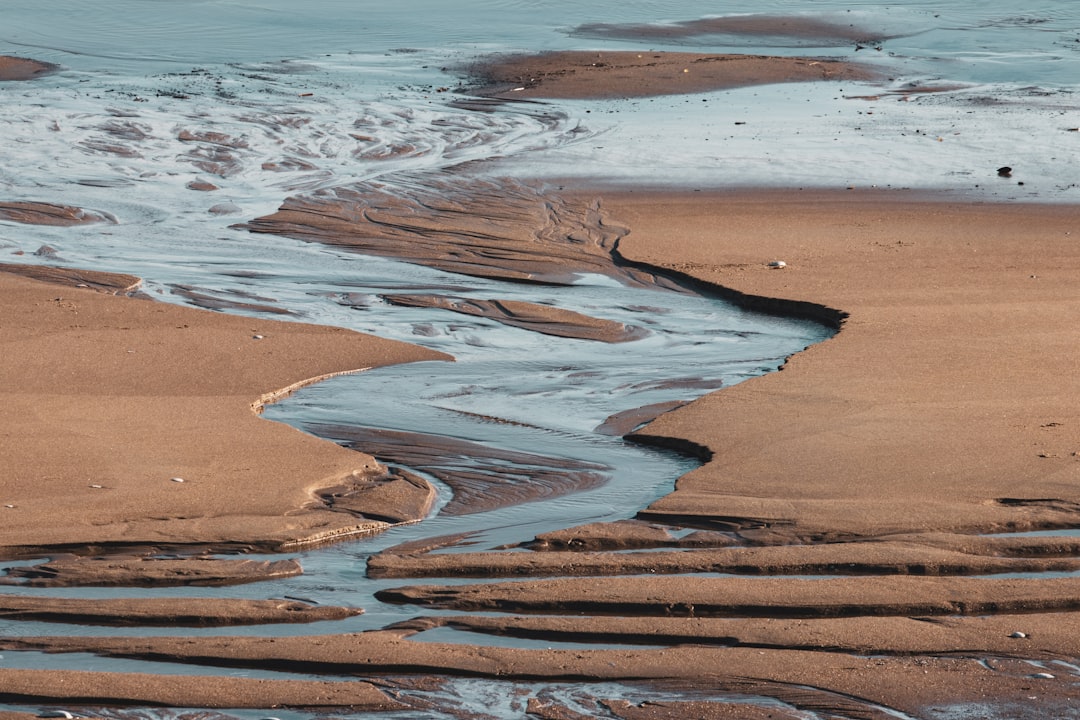
Not all river reversals are dramatic one-time events. Tidal rivers near the coast often experience daily flow reversals due to tidal forces, creating a predictable rhythm of back-and-forth motion that shapes coastal ecosystems in unique ways.
Cambodia’s Tonle Sap River changes direction with predictable regularity. During monsoon season, between May and October, the nearby Mekong River becomes so voluminous that it diverts the Tonle Sap from flowing into the ocean to flowing back into the Tonle Sap Lake. This annual reversal supports one of the world’s most productive freshwater fisheries.
The Ripple Effects of Reversal

When rivers change direction, they don’t just alter their own course – they transform entire landscapes. River reversals can have significant environmental consequences, including changes in ecosystems, disruption of wildlife habitats, and impacts on water quality.
The sewage entering the waterways created a kind of “dead zone.” The oxygen is being removed from the water, so the fish are dying. The reversal also increased flooding and nearly doubled the size of the Illinois River. Yet these same changes also opened new shipping routes and enabled entire cities to flourish where they might otherwise have been abandoned.
River Piracy and Geological Warfare
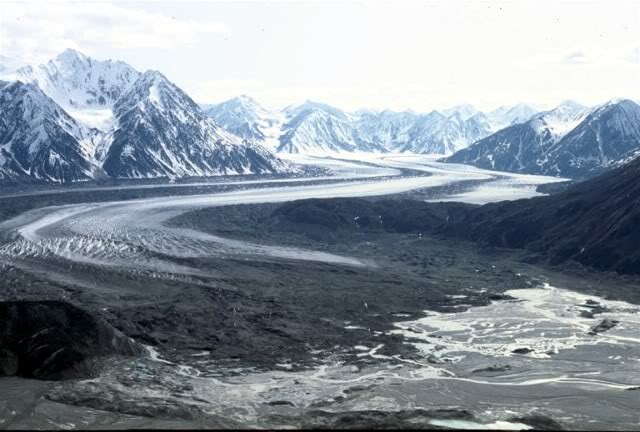
In 2016, a Yukon Territory river with its source in the Kaskawulsh Glacier reversed direction after the glacier itself moved in an act of “river piracy.” The river, which had previously flowed from south to north, moved instead from north to south.
This phenomenon, where one river literally steals another’s water, showcases how dynamic our planet’s surface really is. The cause of the glacier’s retreat and the river’s transformation was likely global warming, but all sorts of ecological and geological events can cause rivers to change directions. Climate change is adding new variables to an already complex equation.
These remarkable stories remind us that our planet is far more dynamic than we often realize. Rivers don’t just rewrite maps; they forever reshape ecosystems, economies, and the very fabric of the places we call home. Whether driven by geological forces spanning millions of years or hurricane winds lasting mere hours, river reversals represent some of nature’s most dramatic plot twists. What other surprises might our waterways have in store as our planet continues to change? The next time you stand beside a river, remember that its current direction might not be permanent – and that possibility makes these waterways even more fascinating than we ever imagined.

Jan loves Wildlife and Animals and is one of the founders of Animals Around The Globe. He holds an MSc in Finance & Economics and is a passionate PADI Open Water Diver. His favorite animals are Mountain Gorillas, Tigers, and Great White Sharks. He lived in South Africa, Germany, the USA, Ireland, Italy, China, and Australia. Before AATG, Jan worked for Google, Axel Springer, BMW and others.




